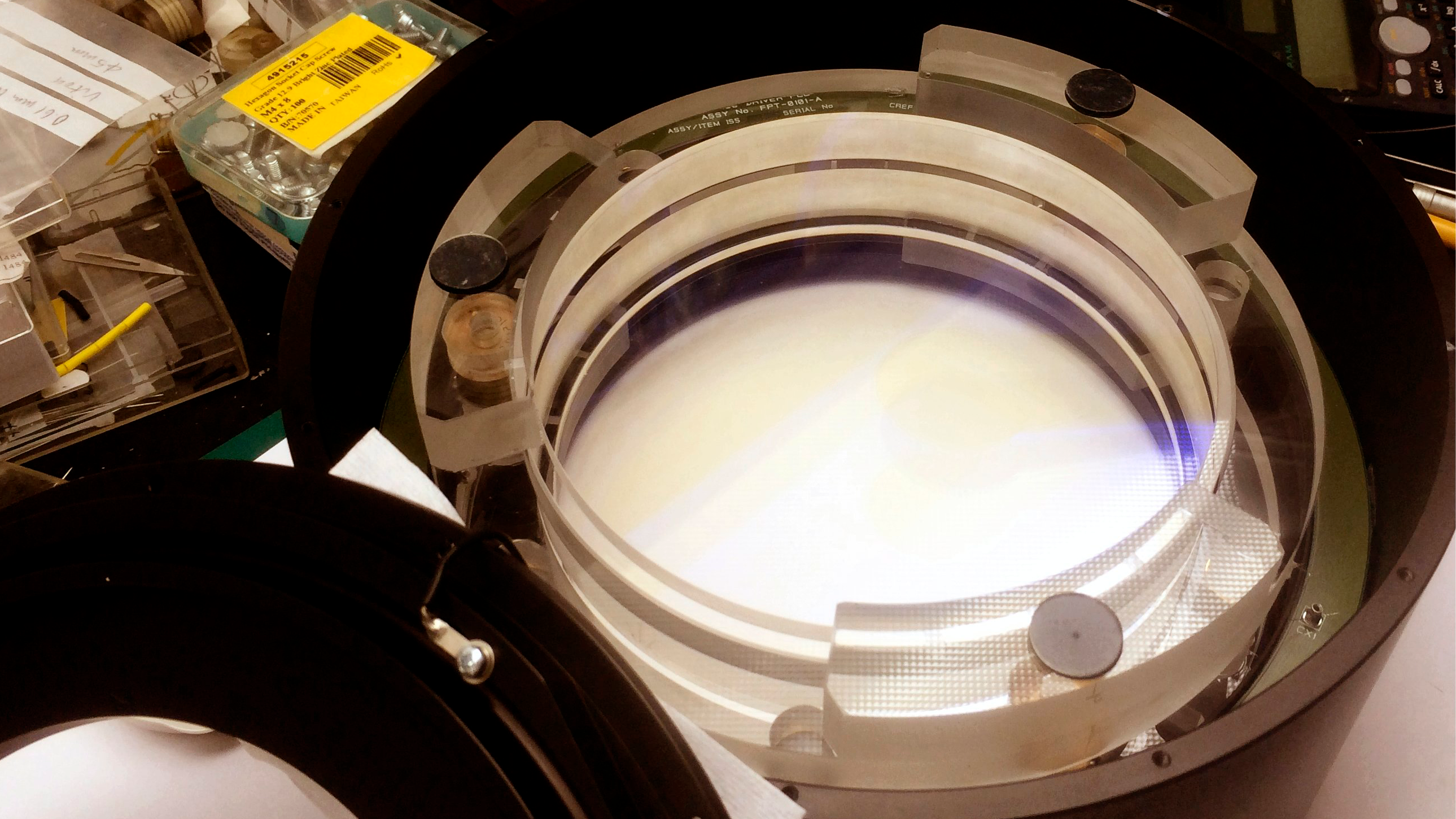Solar telescopes ―and other large astronomical facilities― are long-term projects, easily spanning a dozen or more years. This means people come and go, designs are created and then discarded, and many configurations are tested before settling for the final one. Monitoring all these changes and associated processes to prevent errors is the mission of quality assurance.

While impressive works of engineering, astronomical projects are also very fragile: small failures can have tremendous effects and be very costly and difficult to repair, especially in space projects.
This is where quality assurance comes in: "In a nutshell, our work is to prevent errors from happening by ensuring that everything meets the established", summarises María Balaguer, quality assurance manager of the Solar Physics Group at Instituto de Astrofísica de Andalucía (IAA-CSIC).
Prevention starts at the very beginning of the project, with the definition of the control protocols. At this phase, the work runs in parallel to that of the project manager, and "regular meetings –usually organized by instruments– are established with the engineers", Balaguer explains.
As the project progresses and the first prototypes are built, the workload shifts from planning towards product quality: "All the manufacturer's documentation is checked to ensure that what you have been given complies with what you ordered", details Balaguer. The materials purchased and assembled are inspected right down to the last screw.
Documenting the project
The construction process of the prototypes and instruments is also supervised down to the last detail: the mechanisation processes (if any), the assembly and the fitting are all extensively documented.
In fact, the amount of documentation generated by a single project ―whether a solar telescope or a space instrument― is huge: documentation for PHI (one of the instruments on board Solar Orbiter), a project on which Balaguer worked for years, amounts to 25000 pages (12500 sheets of paper). "It was about 1000 documents of 25 pages each on average", she recalls.
Of course, all documentation is digital, but if it were to be printed, those 12500 sheets would cover almost 4 kilometres, weigh about 62 kilograms and take 52 days for a person to read (assuming that they were reading non-stop for 8 hours a day).
If something does not work as expected, this comprehensive documentation allows quality officers to trace back the origin of the error, almost as in detective work.
All the documentation is kept as a reference for future projects: "A lessons-learned document is created at the end of every project. This comes in handy for estimating costs and manufacturing times in future projects, as well as checking how similar problems were solved in the past", Balaguer concludes.
